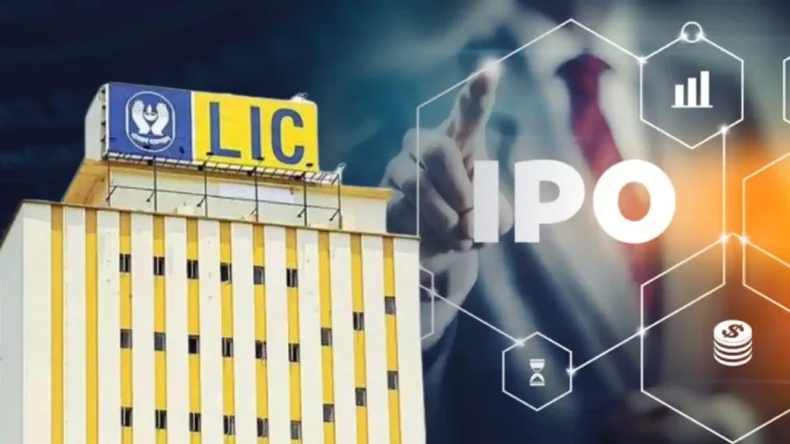The forthcoming initial public offering (IPO) of Life Insurance Corporation, which is expected to be the country’s largest-ever, according to Jefferies India, has the potential to upset the market balance.
The insurance behemoth has submitted a draught paper to the market regulator for its share sale. The market anticipates permission soon, and public bidding is expected to begin by mid-March. Despite unfavorable market conditions, the government, which owns the whole interest in the company, is eager to complete the sale by the end of this fiscal year.
“Strong local buying has absorbed heavy foreign selling, smoothing the market impact.” The potential LIC IPO (estimated at $5-7 billion) could upset the balance, according to Jefferies analyst Mahesh Nandurkar. As a result, he argued, the market was at risk shortly.
For a long time, foreign investors have been pessimistic about India. According to NSDL data, they have withdrawn roughly Rs 52,500 crore from stocks in the current calendar year. This is most likely due to the strengthening dollar and tightening liquidity worldwide.
“The plentiful global liquidity picture is already under jeopardy as policy reversals are prompted by strong inflation,” Jefferies warned. “The US Federal Reserve will conclude its quantitative easing program in March, and our US economist expects seven 25-basis-point rate hikes in 2022, followed by four in 2024.”
In India, inflation has also increased, exceeding the Reserve Bank of India’s tolerance level. The US dollar is sitting around $100 per barrel. It is expected to rise further. The central bank, on the other hand, has demonstrated little willingness to hike interest rates or tighten monetary policy.
This position, according to the global broker, may put the RBI behind the curve. However, the central bank’s position could change very soon, according to the report. We should highlight that effective policy rates have already been increased 50 basis points higher than the reverse repo rate of 3.35 percent.
“However, the RBI’s sustained delay on headline rates, along with a fairly low CPI prediction for FY23, has bought the RBI some time,” Nandurkar added.
Meanwhile, once the state elections in early March are finished, the latest crude oil jump could result in a Rs 6-8/ltr increase in auto fuels. The CPI would rise by 30-40 basis points due to these increases. Over the next 1-2 quarters, a potentially higher CPI could prompt the RBI to abandon its dovish approach,” he noted.
India has imposed an unofficial embargo on fuel price increases in recent months. The ruling government does not want to be harmed by rising crude oil prices, jeopardizing its electoral chances. In the last 110 days, the prices have not been changed.
Another market risk is the possibility of ‘dual’ deficits – fiscal and current account – during the next 12 months. The central government’s target of a 6.4 percent fiscal deficit in FY23 has raised concerns in the bond market.
“The import spike is widespread, and rising domestic demand, along with high commodity prices, might keep the current account under strain.” In FY23, we expect the current account deficit to be 2.5 percent of GDP, which is a 10-year high,” Nandurkar said.
Edited By- Subbuthai Padma
Published By- Bharat Anand













